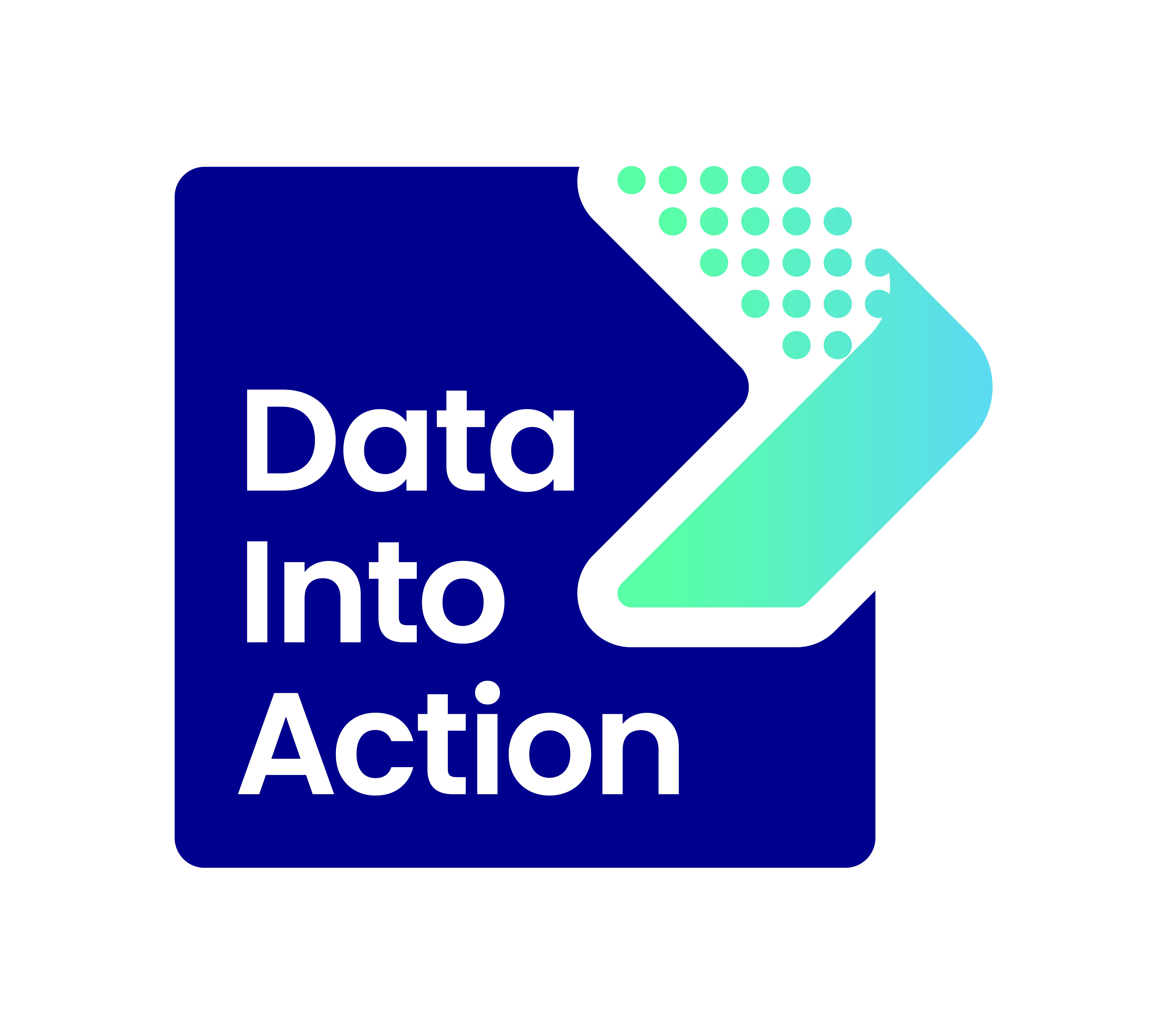ACTION with Enhanced Case Finding Tool

Enhanced case finding tool – Telehealth

In order to try and increase the uptake of the Telehealth offer, this criteria has been applied to the population of Liverpool in the Enhanced Case Finding Tool.
There is a strong evidence base from other parts of the country who have used data led approaches in a very similar way. There are over 5,000 people who fall into this criteria.
Health professionals can still refer patients into the service whom they feel would benefit from the offer, even if they do not strictly fall into the criteria. It is there as a helpful guide and does not exclude people who do not have all of these defining characteristics.
So far this has been well received locally, with GPs feeding back that patients have been identified who they wouldn’t have necessarily thought of referring in.
In partnership with key stakeholders including the Local Medical Committee, we will continue to monitor this development and make any modifications to the approach as new learning and insight emerges.
Enhanced case finding tool – Integrated Care Teams

The Integrated Care Teams (ICTs) have been keen to increase their caseload in Liverpool and Sefton and are using the ECFT as an effective way of achieving this.
In previous risk stratification approaches, there was a dependency upon the GP practice to help identify those who would be most eligible for support. The initial criteria that you can see to the left, now makes this much easier for the service to actively find patients.
There is clear evidence that shows that people with frailty and/or dementia living in the most deprived quintile are much more likely to be admitted to hospital than those living in the least deprived. Therefore, deprivation as a risk factor is included (IMD 1). ICTs include a broader determinant offer to help address underlying causes of ill health.
Co-morbidities alongside frailty and dementia are additional risk factors which are likely to make a person more vulnerable to episodes of ill health, requiring intervention from a range of different specialties. High utilisation of GP support, at least 3 attendances at A&E in the last year and a high possibility of hospital admission are also important elements to include. The aim of the ICTs is to co-ordinate more effective care between other services to help keep the individual safe and well at home.
In partnership with key stakeholders including the Local Medical Committee, we will continue to monitor this development and make any modifications to the approach as new learning and insight emerges.
Enhanced case finding tool Proactive Community Support – G.P Process

